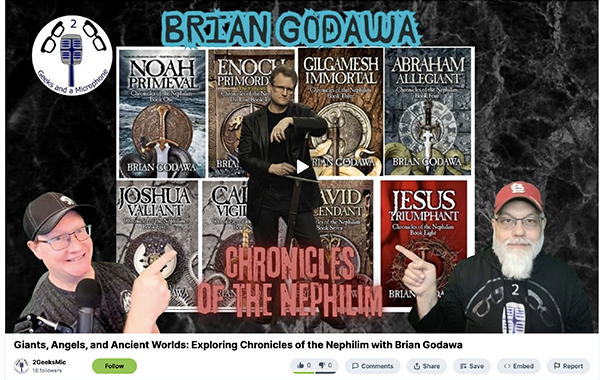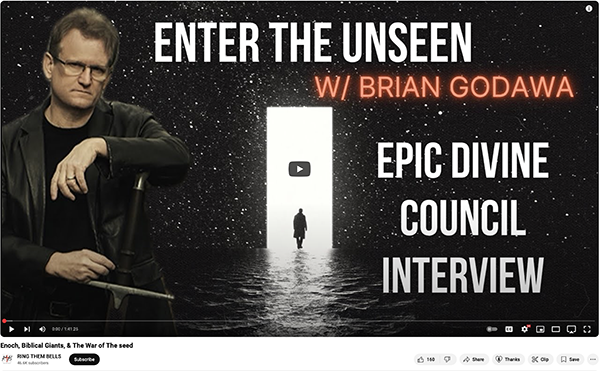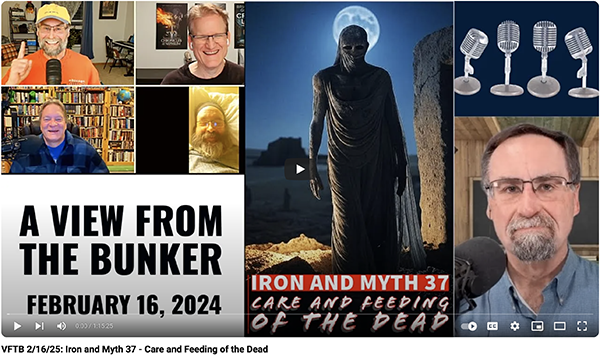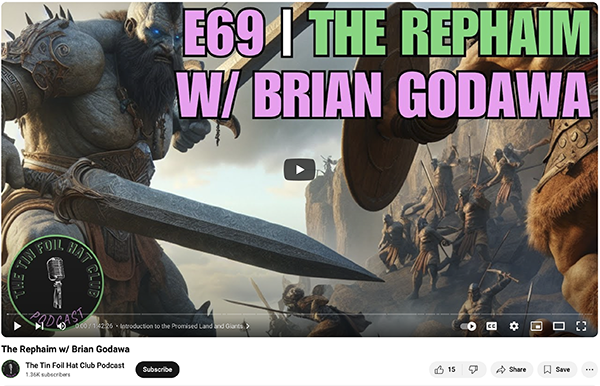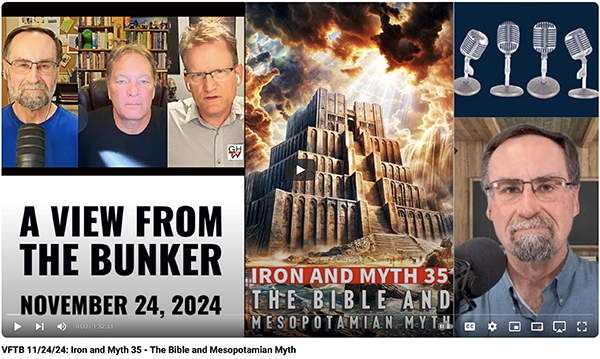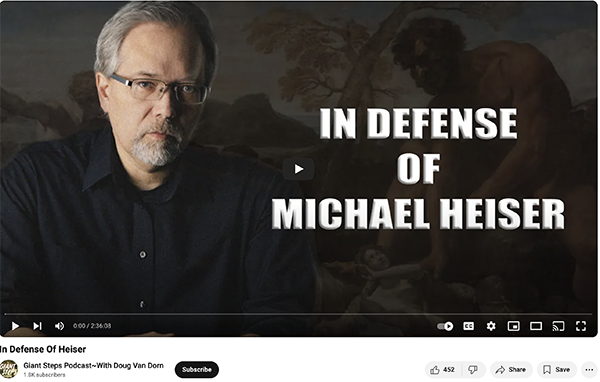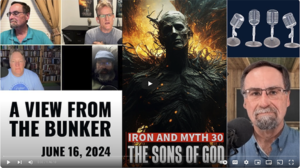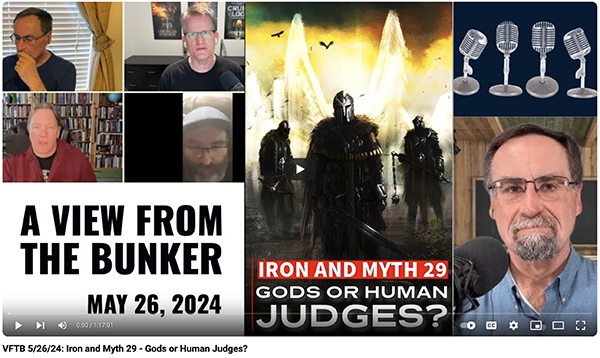Mike and Stephen explore the enigmatic biblical accounts of the Nephilim through the lens of Brian Godawa’s acclaimed book series.
Join them as they welcome Brian to the podcast for an insightful discussion on the historical and theological interpretations, the creative liberties he takes in his writing, and the enduring questions surrounding these mysterious figures.
He talks a bit about Hollywood first, and his last movie, My Son Hunter.
He also addresses salvific masculinity in his storytelling in contrast with feminism.
Then about the biblical basis behind Chronicles of the Nephilim, Watchers and Apocalypse.
But then, about his creative process of writing fiction that honors the Bible.
Also, advice for Christian writers about storytelling, story structure, and self-publishing.

